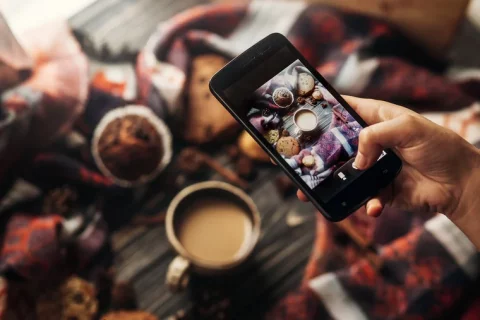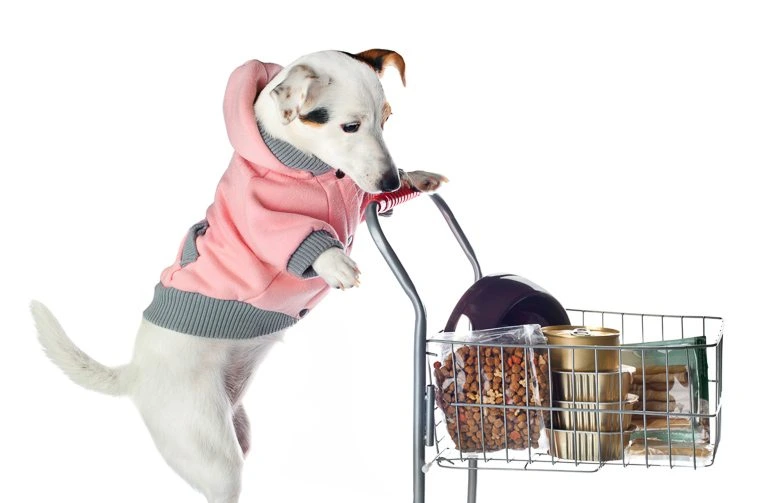
7 mins
OpenCan Instagram Be Used To Boost SEO Strategies?
5 mins
A strong presence on social media can take a business a long way, but to successfully increase brand engagement online, social strategies must be tailored towards the customer buying cycle.
3rd May 2016

One element of your social strategy should revolve around where in the buying cycle your customer, or potential customer, currently finds themselves.
Social strategy is very important to the majority of businesses. A strong presence on social media can take a business a long way, spreading brand awareness and helping potential customers in their decision making.
One element of your social strategy should revolve around where in the buying cycle your customer, or potential customer, currently finds themselves. This will both encourage improved engagement and ensure your social media campaign is more effective for your business at large.
The buying cycle highlights the different stages a customer will go through before completing a purchase. As many customers could potentially return to your company, whether for the same product/service or a different one, these stages are presented as a cycle.
The buying cycle can be defined by many different stages, ranging from 4 to 8. For the purpose of social media strategy, the following five-stage buying cycle is the most useful.
When the consumer is aware that they need a product, and becomes aware of your product/service.
The consumer is weighing up their different product options.
The consumer knows what they want but they are now comparing more specific options, eg your brand versus your competitors.
Self explanatory, this is the customer buying a product.
The customer enjoys their experience and will think positively of the brand in future and use them again – or at least consider it.
…and so the cycle continues.
Social media is an essential communication tool between company and clientele and thus a digital marketing fundamental.
Social media is one of a business’ main contact points with their audience. It is an essential communication tool between company and clientele and thus a digital marketing fundamental. The buying cycle is very much affected by communication. Therefore your social channels are key to engaging with your audience at every stage of the buying cycle.
This question will depend on the nature of your business: are you an e-commerce platform or a B2B service provider? What is your brand’s distinct voice and image? A business should know which platforms work for them in a general way, but here is some direction on which platforms can be very beneficial to certain stages of the buying cycle.
Pinterest and Instagram are great for raising awareness about your brand if it has a strong aesthetic appeal. This can include anything from interior design services or classic car detailing to jewellery makers or male grooming brands. Visuals are a direct way to draw a customer in, making them aware that you exist and that they need your product.
Facebook is another great platform for raising brand and product awareness thanks to its targeted audience functions. Using these to create lookalike audiences of your current users can be a great way to introduce like minded people to your business.
If you work in B2B industries, LinkedIn can help raise awareness in some ways, particularly if you post regularly in LinkedIn Pulse.
Although a presence on Twitter is encouraged, it may not be the best platform for the awareness stage of the buying cycle. This is largely because the ads on Twitter aren’t yet as focused and successful as those on Facebook, which stores more data on its users due to the nature of the platform.
Pinterest and Instagram are great for raising awareness about your brand if it has a strong aesthetic appeal.
Having a strong brand voice that speaks directly to your audience can make a real difference in the consideration stage. If a user finds that your social media voice is particularly relevant to them, that can sway them toward your product rather than someone else’s.
Facebook can be a great tool here, particularly if you use the Facebook Pixel. This allows you to gather as much data about your customers as possible so that you can keep your content fresh and relevant to them across all of your platforms.
At this stage, when a potential customer is researching your business, your brand will need to make use of all of its social media platforms. Ensure that your content across platforms is not only relevant to your audience, but also suited to the platform itself.
If a customer is comparing you against your competitors, there is potential to use Facebook ads to target people who have liked your competitor’s page. This allows you to put yourself forward as an alternative to your competitor, and you could even offer these users a deal to really up your game against the competition.
Using Twitter to engage with your customers and audience can be very useful at this point. Of course, retweeting positive messages about your brand will make you look great, but what could give you the edge is also acknowledging when someone has had something slightly negative to say—and showing how your response has fixed the problem. This can demonstrate brand honesty to potential customers, as well as a willingness to make amends for errors made.
Research how your competitors are using their social channels and ensure you are delivering something different and better. If you have a similar tone, be sure to post more regularly and communicate more quickly with your followers. In short, be bigger, better, faster, stronger.
What could give you the edge is acknowledging when someone has had something negative to say—and showing how your response has fixed the problem.
In e-shopping, Pinterest and Instagram are fantastic selling tools which can help you speed up every element of the buying cycle straight to purchase. If your product has a visual appeal, you need to be on these platforms.
Service providers are likely to need targeted Facebook ads in order to convert via social media. Ads targeted to finely-tuned audiences can be conversional, though while Twitter ads can also have conversional value, the targeting options are less refined.
After a purchase has been made, ensure there is a call to action that encourages the customer to follow or like your social channels.
Target customers on Facebook that have already bought from you to encourage them to come back. If you sell a product that needs to be replaced at certain points throughout the year, such as deodorant, target ads at customers at the approximate time that they may have run out.
If a customer hasn’t bought from your online shop in a month, post ads that are only visible to them, offering discounts on the products that they have been known to buy.
With visual platforms like Pinterest and Instagram, make sure your images match your brand’s aesthetic, and ensure that you post regularly. If the customer follows you, this will keep them hooked on your images and presence—they must like you or they wouldn’t have bought from you – and make them more likely to purchase from you again.
On Twitter, make sure you are posting about more than just your brand. This keeps your feed interesting to your audience and helps to avoid unfollows. Then when you have a deal or a new product to offer, they will be more likely to take notice.